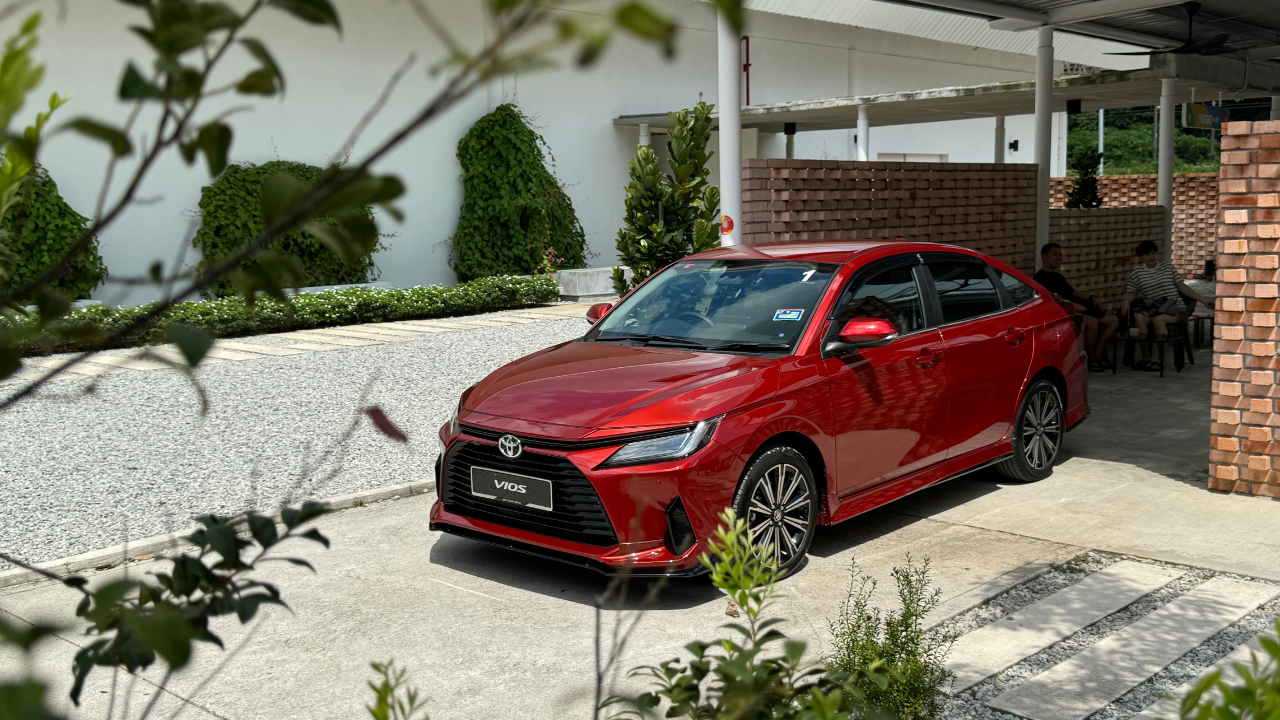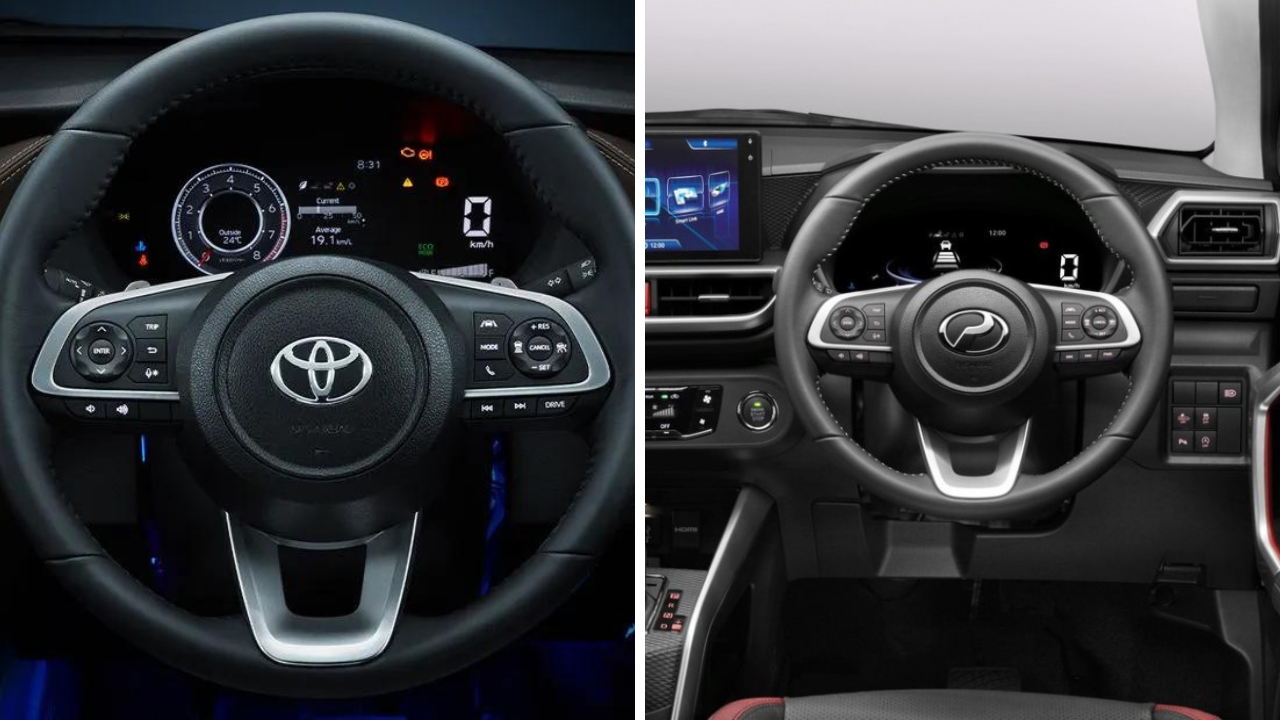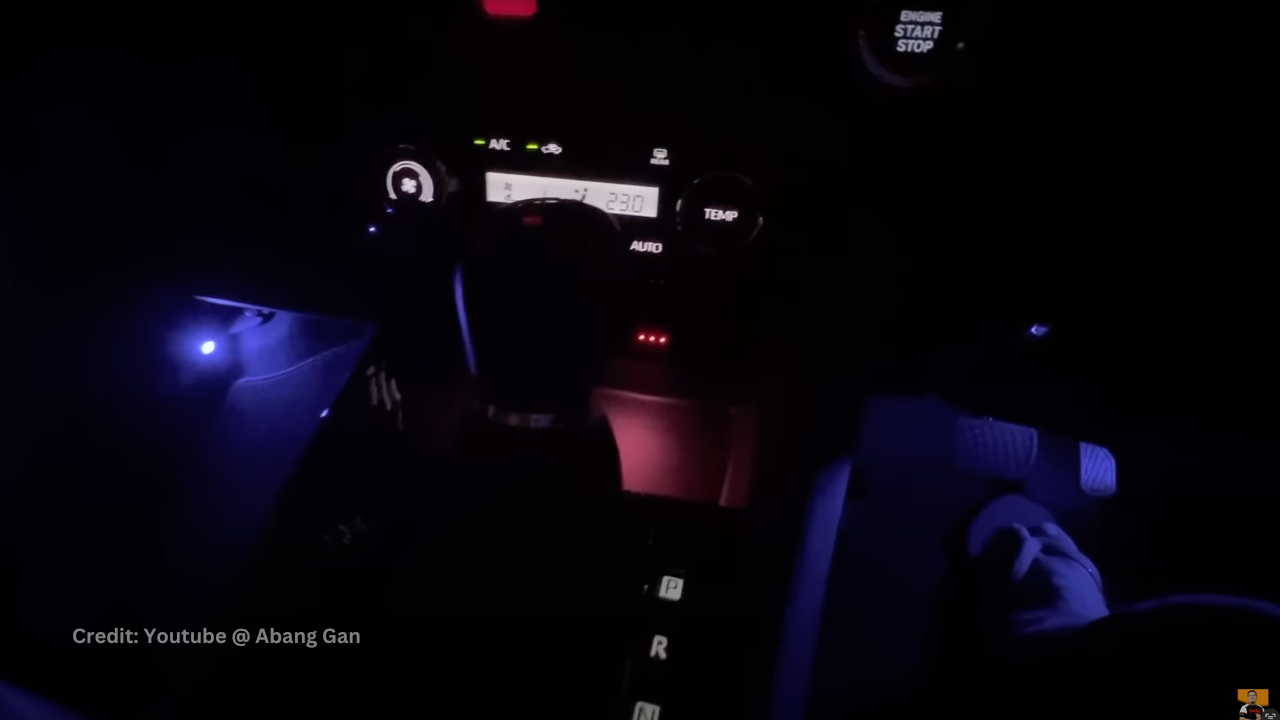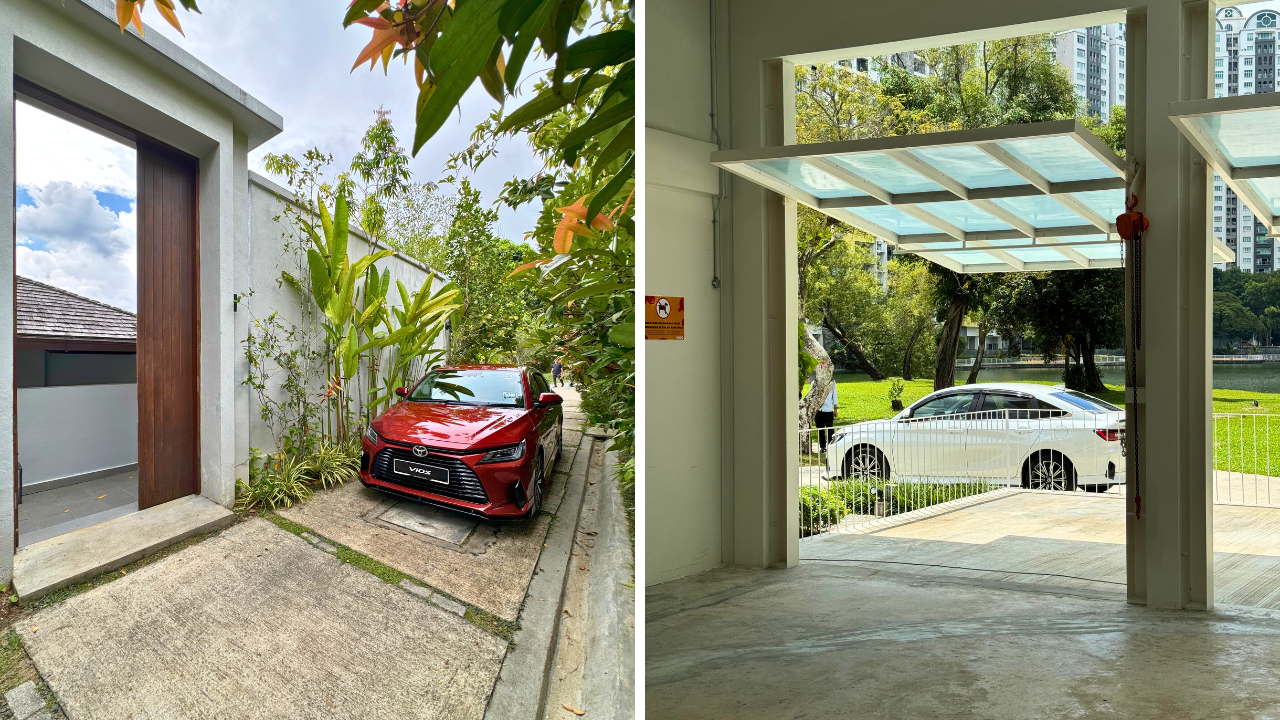This opening is tangential, but proves a point I'd like to make later. I recently sold my piece of crap 10-year-old Proton Saga FLX 1.6 SE for a shoddy RM7,500 at MyTukar. I was offered RM9,000 from Carsome but stupidly turned it down because I thought I'd get a better deal by putting the car on bidding for RM10,000 (no one bid, not one).
The car cost RM49,899 in 2013 (thanks again Paultan), so in 10 years, the car has depreciated in value by about 85%. My relative, who had a Toyota Vios G that was 8 years old, managed to sell their car for RM41,000 on MyTukar's bidding platform. At a launch price of RM88,500 that's a depreciation in value of only 53%. You might say buying a car is a financial race to the bottom, but in 10 years, would you rather have raced all the way to the bottom or just halfway to the bottom? Also, for reference, a 2012 Myvi 1.5 SE sold for RM25,800 on Carsome.
My point, which I'm extremely salty about, is that the Vios is so highly regarded by consumers that even an 8-year-old Vios can still fetch half its price. So it's with this context that we come to the Toyota Vios 2023. I've never driven a Vios so I came with high expectations. I've driven a Honda City and we've done a cursory comparison of the Honda City versus the Toyota Vios that you can read and we'll be comparing the two again from time to time in this review.
Rojak Daily was invited for a drive and review of the new Vios and we got the premium G variant with all the bells and whistles to test out. The Vios comes in 2 variants only this time, the E and G priced at RM89,600 and RM95,500 respectively.
Toyota Vios 2023 Exterior

Walking around the Vios, the car's exterior looks visibly bigger, squared off around the front with less rounded features (like the headlights and rear lights), and it has the much talked about sportback roof.
The front grill shares the same DNA as the Camry and gives it a continental feel with its broad lines visually stretching the car out wider. It's a good look and I must say, it outshines the City facelift, even in the RS variant.
Its a strong look for a car that has so far been pretty sedate. In its signature colours white or red (platinum white and spicy scarlet respectively), the Vios is striking in person and the air vents up front, 17-inch alloy rims, and rear diffuser and air canards round out the look of the premium G variant Vios.
The new B-segment sedan on the block looks matured, strong, and sporty—it even comes with pedal shifters for once! I'll get to its actual sportiness later.
Toyota Vios 2023 Interior

The first thing you'll notice is the huge raised centre console that houses the electronic parking brake, auto brake hold, and ambient light buttons. It gives the car a premium feel but there's no denying it looks chunky. Though you lose cupholders in the middle console there's a dedicated cup holder hidden under the driver side aircond vent (with a total 6 cup and bottle holders).
The cabin also benefits from white stitching on the dashboard and soft touch panels all around the front. That said, I need to mention the steering wheel that is similar to recent Peroduas. This may or may not affect your buying decision buy a certain JR Song on YouTube has some thoughts about that.
There's also some awkward and random elements in the car like the 64-colour ambient light swithcer that only switches the colour of the tiny ambient light in the centre console. Watch this video from Abang Gan to see it in action. There's ambient lights under the chair for the front driver and passenger but those are fixed at blue. So if you change the colour of the centre console you get a weird mismatch of colours and you'll need to hit that ambient switcher 63 times to find the one colour that matches the cabin.

The font choice and UI elements of the 7-inch TFT Multi-information display digital meter also feels dated, like it was designed in the 90s, and the backlit LCD air-cond display looks old fashioned next to the Honda City's coloured dials.
Floating in the centre is the 9-inch entertainment display that has wireless Apple CarPlay and Android Auto and while wireless connectivity is great, the interface was slow and buggy for me and at least one other media who attended the drive. The connection would drop intermittenly which only affected the audio connection but Waze functioned normally, surprisingly.
Finally, the clicky buttons of the streeing wheel are hard to click on so navigating with those buttons can become uncomfortable. The buttons for volume are also flat which makes clicking on them difficult. The volume buttons are arguably the most used buttons in the car and when they're so stiff, its frustrating to interface with it.
Granted, the City has clicky stiff buttons too, but they're slightly raised so you can click into the raised part easier. The City also doesn't share its look with any local automakers so it reserves some novelty.
Heading to the back and you'll find the biggest gripe we have with the interior: headroom. I'm a modest 167cm and I can almost touch that roof when I'm sitting straight. Legroom is great, but the lack of headroom in a practical family sedan is a big red flag.
There's also the lack of folding seats, centre armrest, and lack of spare tyre, which again, is a red flag for families. Yes, you may never fold down those rear seats and you may never have a flat tyre, but when there's clearly an option to do so, why should it be omitted?
The City eHEV's excuse for the lack of a spare tyre is its electric motor, but with the Vios, the reason for leaving out a spare tyre seems arbitrary. The car's interior is an overall mishmash of ideas that feels cobbled together by a committee trying to hit the requirements of a marketing brochure and not by a singularly focused engineer who has the end user in mind.
I mean, the Toyota Vios just received a telescoping steering wheel for the first time since launching in 2003.
Imagine that for 20 years, this feature was held back due to reasons, I guess? Also, it's only available in the premium G variant while the Honda City gets telescopic adjustments throughout its range. Is it astronomically more expensive for Toyota to provide a telescopic steering compare to Honda, or is it just a lack of will?
How does the Toyota Vios 2023 drive?

In its literature, Toyota claims that:
"The all-new Toyota platform greatly suppresses external noise and vibration. With foam filled cavities and less holes in the body, the result is superior quietness that defies the category."
Having driven the Honda City and City Hatchback, I can confirm that yes, it's quieter with less road noise and wind noise than the two. That's not to say that the NVH of the Vios is great however, as when you move up one step to the likes of a C-segment sedan or SUV like the Honda Civic or the Volkswagen Tiguan, you'll reallise that a B-segment car is still, in essence, a budget car.
You'll still hear road noise and wind noise, but it's slightly dampened. Moving up from the godawful Saga, I definitely appreciate the comfort, but don't imagine that you'll be gliding silently on the road with this. It's good in its class, but that's not saying much. Let me make it clear, you will still hear the noise from the road and wind while driving at speed with this car.
Around the bends, the Vios has less body roll compared to the City. Over bumps, the two cars are almost matched, but you probably won't hear it as much in the Vios. The drive took us uphill towards Janda Baik and Awana in the rain and I can confirm that the Vios was confident throughout the challenging drive.

The car felt planted and you'll feel safe driving at moderate speed. I say moderate because, you really don't want to rev this car too much. While professionals at Paultan say the noise (or volume as they call it) is a feature not a flaw, I can say that the noise of the engine is significant.
I'm no expert, but it sounds like it's taking way too much effort for the engine to get up to speed, though it does so smoothly. Even on straights, try to reach from zero to 60km/h in a hurry and you'll hear the engine roaring. I spoke to one other media who thought they were throttling wrongly because the engine made such a fuss.
Cruising at 100km/h is comfortable, you won't hear that engine, but you'll notice it every time you press down the throttle when overtaking.
Will you get over the engine noise over time? Well, as an ex-driver of the equally noisy engine in the Saga with a CVT gear box, the answer to that is no. You'll notice it every time and it's up to you if you're ok living with that.
I also managed to try to autonomous driving features like Adaptive Cruise Control and Lane Keeping Control. It's cool that the car can slow down to match the speed of the car ahead of you and that you can set the distance between yourself and the car ahead of you. It did feel like the future when it worked. I couldn't get the Lane Keeping Control to work during the drive which speaks to how intuitive this feature is. I wouldn't stake my life on it, but it's there.
So did I enjoy the drive overall? Well, as I've mentioned, B-segment cars are meant to be practical, budget-friendly cars. So it serves its purpose in delivering a safe and confident drive without exciting you too much. Acceleration is linear and the steering has no feedback, but it'll get you to where you want to go reasonably comfortably without burning too much fuel. I only achieved 13km/l according to the in-built meter, but people say you can hit 15km/l and at 35l a tank, that's 525km per tank.
Is the 2023 Vios still the practical purchase for all?
While it delivers many things that people have asked for like good looks, rear air conditioning vents, telescoping steering, improved handling, wireless media connectivity, autonomous features, beefy safety suit across the range, and improved NVH, the Vios also comes with compromises.
The lack of rear headroom, the noise of the engine when revving, lack of folding seats, and lack of spare tyre are all legitimate deal breakers for some.
For every win there is a trade off, like someone delicately balancing a cheque book which makes it hard to wholeheartedly recommend the Vios. The battle of the Japanese B-segment sedans is tougher than ever this generation and what you choose ultimately boils down to what you can tolerate.
If you're in the market for a Vios, read up on all of its features at its website https://www.toyota.com.my/en/models/vios.html.







